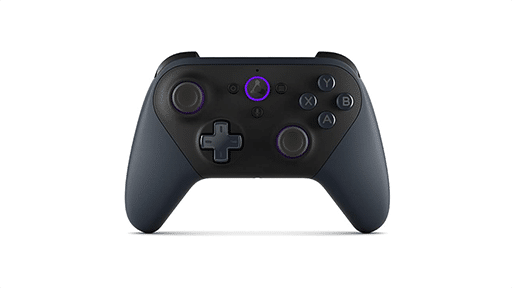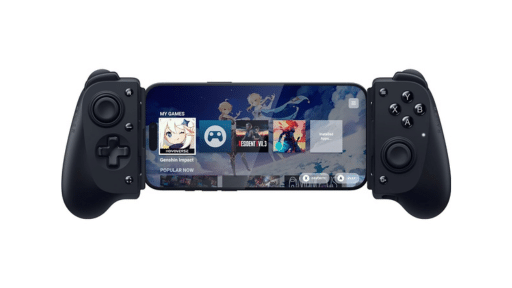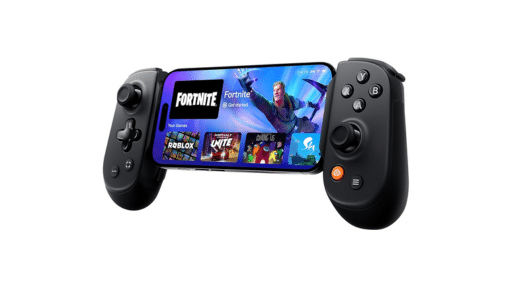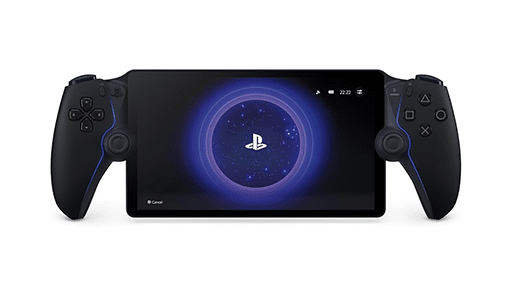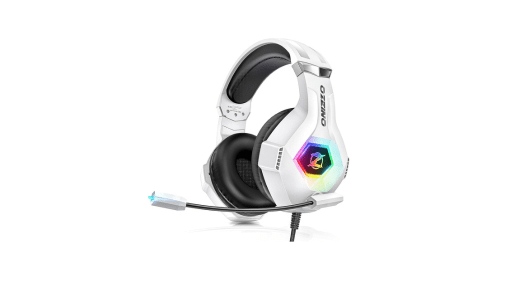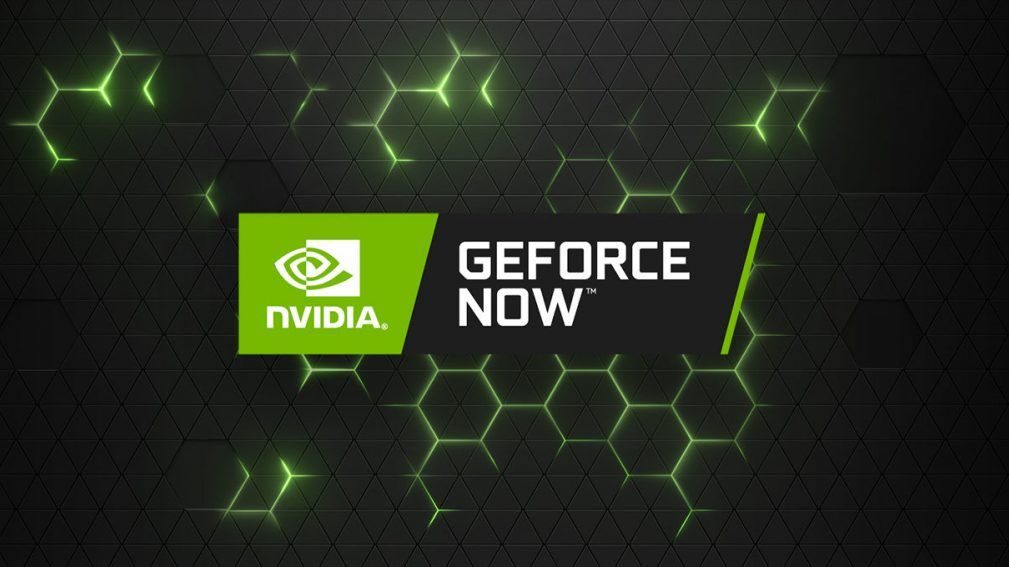
GeForce NOW, the cloud gaming service from NVIDIA, now has over 2,000 titles to play. While NVIDIA celebrated this milestone a month ago, we think they jumped the gun by just a little bit due to the counting of demos and some games twice. However, our own list of unique GeForce NOW games has now passed 2,000 as well!
This is a huge milestone for NVIDIA and the cloud. It’s a great moment to celebrate!
It’s also a moment to think about the implications of having such a large collection of titles. How do we avoid games getting lost in the pile? How do we as gamers choose what to play?
How do You Choose?
In 1970, Alvin Toffler coined the term “overchoice” in his seminal work “Future Shock,” presciently identifying a phenomenon that would come to define much of our modern digital landscape. Toffler posited that an overabundance of choices could lead to decision paralysis, anxiety, and dissatisfaction. This concept, later popularized as “choice paralysis” or the “paradox of choice,” has become increasingly relevant in our age of digital plenty.

Nearly four decades after Toffler’s insight, psychologist Barry Schwartz brought this idea into sharper focus with his 2004 book “The Paradox of Choice: Why More Is Less.” Schwartz’s work crystallized the notion that an excess of options can overwhelm cognitive processes, leading to decision fatigue and, paradoxically, less satisfaction with our eventual choices.
This psychological framework provides a fascinating lens through which to examine NVIDIA’s GeForce NOW platform, which as we mention above, now boasts a library of 2,000 games. This milestone, while impressive, invites critical analysis of the relationship between quantity and quality in the realm of cloud gaming.
The concept of choice paralysis finds a particularly apt application in digital entertainment platforms. Unlike physical spaces where the limitations of shelf space naturally constrain options, digital libraries can expand almost indefinitely. GeForce NOW’s vast archive represents both the promise and the potential pitfall of this digital abundance.
The Psyche Speaks
As we delve into the implications of GeForce NOW’s expansive library, it’s crucial to consider how Toffler’s and Schwartz’s insights apply to the modern gaming landscape. Does the platform’s growing catalog enhance player experience by providing unprecedented variety, or does it risk overwhelming users with a surfeit of options?
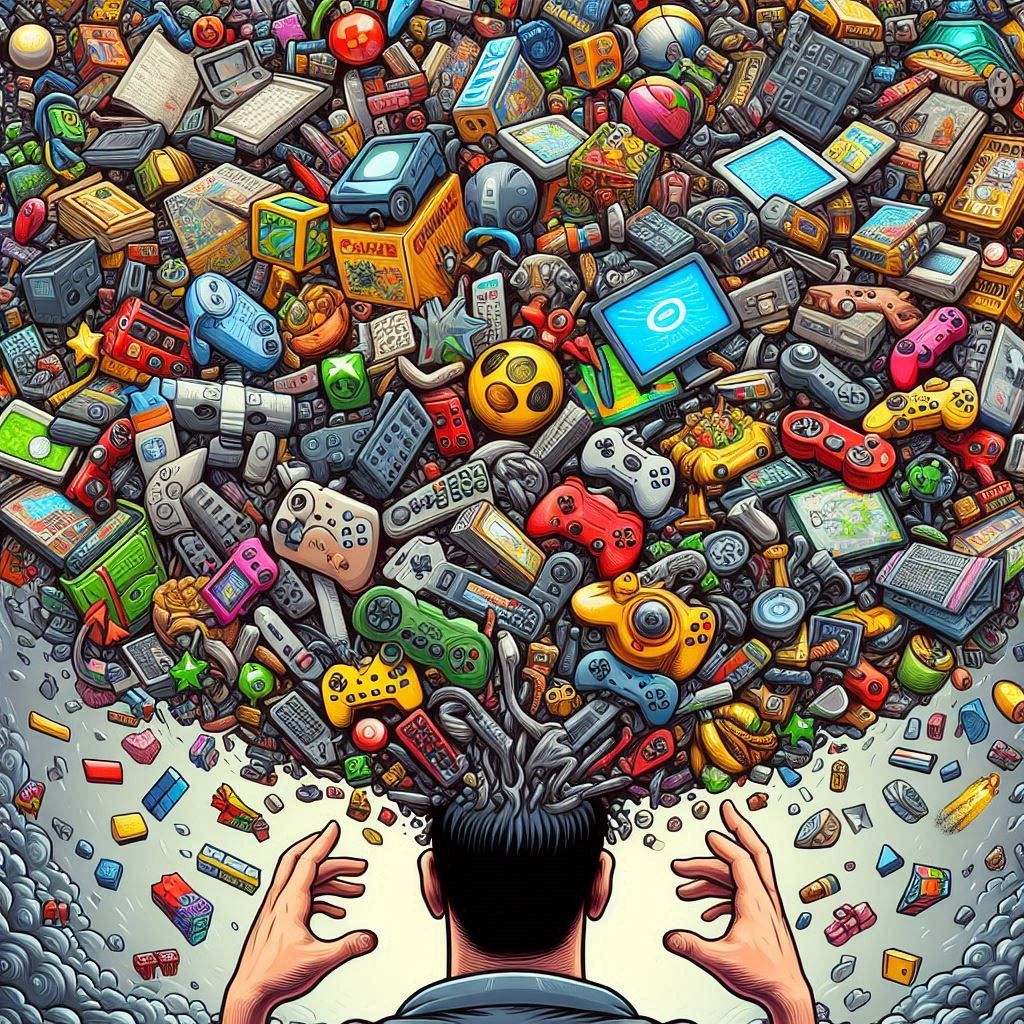
GeForce NOW’s library is undeniably diverse, featuring over 100 free-to-play titles, numerous AAA games, and more than 120 PC Game Pass titles. The platform’s weekly “GFN Thursday” updates continuously expand this offering. The inclusion of highly anticipated titles like “Black Myth: Wukong” demonstrates a commitment to relevance.
The Curation Challenge
The additions at times however are seemingly arbitrary which merits scrutiny. It seems to depend on game publishers “opting-in” rather than being carefully selected. The lack of transparency in selection criteria could potentially undermine the perceived value of the extensive library. This opacity in curation strategy raises questions about the overall user experience and the platform’s long-term direction.
The quantity-versus-quality debate takes on new dimensions in this context. Proponents of a vast library might argue for its broad appeal and constant novelty. A diverse catalog theoretically ensures content for every conceivable gaming preference. Moreover, the sheer volume of options could be viewed as a competitive advantage in the cloud gaming market. Every gamer has a different niche to fill.

Conversely, critics might point to the potential for oversaturation and its attendant challenges. Navigation and discovery within a 2,000-game library present significant user experience hurdles. The risk of quality dilution also increases as the volume of content grows, potentially impacting the platform’s overall perception.
Growth & Refinement
GeForce NOW’s strategy of rapid expansion through publisher collaborations has undeniably driven growth. The platform’s ability to democratize access to high-end gaming experiences across devices aligns with evolving gaming trends. However, as cloud gaming technology matures, content curation may emerge as a key differentiator among services.

Looking forward, GeForce NOW faces the challenge of balancing growth with refinement. The implementation of sophisticated discovery tools, transparent curation processes, and regular content audits could enhance user experience. Additionally, a shift towards securing high-demand titles and maintaining library relevance might prove crucial for long-term success.
Choose Your Adventure
To mitigate the effects of choice paralysis, GeForce Now could consider implementing the following strategies:
- Improved categorization and tagging systems to facilitate easier navigation
- Personalized recommendation algorithms based on user preferences and play history
- Curated collections or “playlists” of games, similar to music streaming services
- Regular featured selections to highlight quality titles that might otherwise be overlooked
- User-generated lists and reviews to provide community-driven curation
In conclusion, GeForce Now’s 2,000-game milestone represents a significant achievement in content availability and aggregation in the cloud! However, it also underscores the need for a nuanced approach to library management in cloud gaming. The platform’s future success will likely hinge on its ability to navigate the delicate balance between quantity and quality, ultimately providing a curated yet diverse gaming experience that resonates with its user base.
As the cloud gaming landscape evolves, the industry must grapple with these fundamental questions of content strategy. GeForce NOW’s journey serves as a compelling case study in the ongoing dialogue between abundance and curation in digital entertainment. By addressing the challenges posed by choice paralysis, cloud gaming platforms can transform their vast libraries from potential obstacles into genuine assets, enhancing rather than hindering the gaming experience.
Congratulations again GeForce NOW, we’re looking forward to a bright future for the service!

